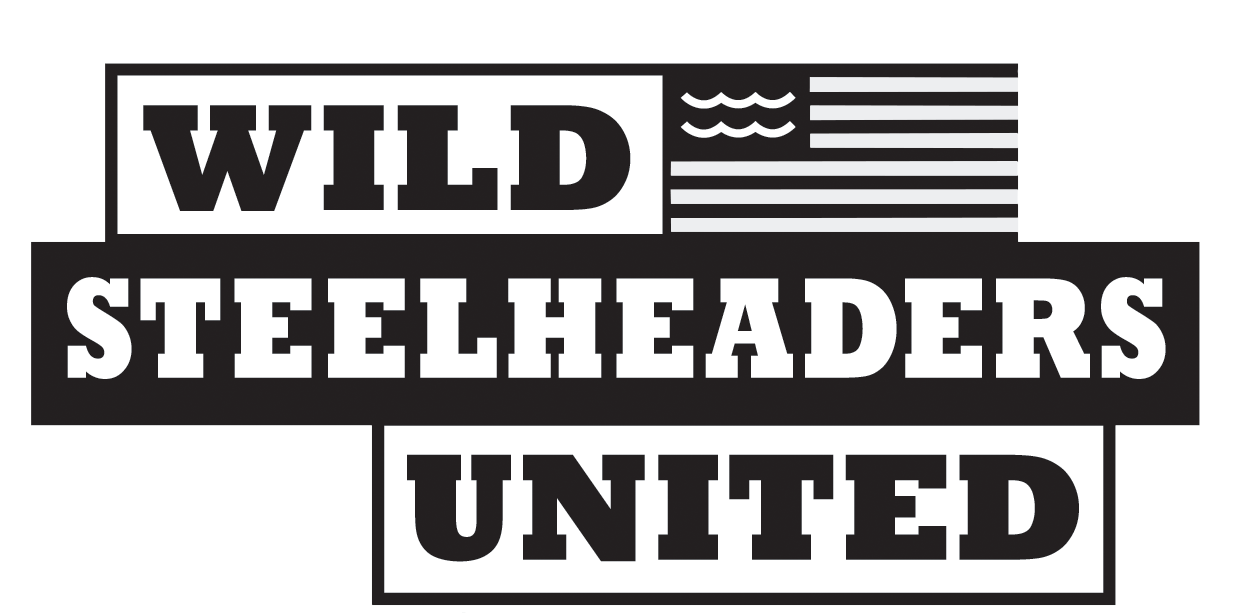In 2020, the John Day Steelhead Project was able to successfully capture and acoustic tag 200 wild A-run summer steelhead at Bonneville Dam. Read more about the project and what is planned for this year.
Meet the Team: Gary Marston
This month, we welcomed our new Science Advisor, Gary Marston, to our team here at Wild Steelheaders United.
Washington Gov. Inslee Steps Up for Steelhead
Last week, Washington Governor Jay Inslee signed the state’s 2022 supplementary budget into law, which included almost $15 million for a voluntary buyback program in the Columbia River for non-tribal commercial gillnet licenses.
Volunteer opportunity: Hood Canal Steelhead
Starting this month and running through May, the Hood Canal Salmon Enhancement Group (HCSEG) is seeking volunteers to help with their monitoring of juvenile steelhead smolt traps.
Speak up for North Umpqua wild steelhead
North Umpqua wild summer steelhead numbers have been in serious decline for decades. Considering the major decline in returns of wild steelhead to the basin, ODFW is reviewing its management policies, including the North Umpqua hatchery summer steelhead program.
A personal reckoning with the state of steelhead
The president of our North Sound Trout Unlimited chapter in Washington shares her thoughts on this year’s dismal returns of summer steelhead and why she has chosen to press pause on her angling season.
Update on Oregon South Coast Steelhead Management Plan
Last Friday, the ODFW Commission met to discuss the Rogue-South Coast Plan. The virtual meeting was open to the public and many anglers, guides and elected officials showed up to comment. Out of fifty comments focused on the issue of harvest, thirty-seven people testified in support of a catch and release alternative.
What You Can Do to Help Wild Steelhead of Oregon’s South Coast
Throughout their range, the odds have not been looking good for wild steelhead and in many cases ODFW and other agencies are taking steps to prioritize the long-term health of wild steelhead, as seen with closures to the Columbia Basin tributaries in Oregon. So, why won’t ODFW apply the same level of caution when it comes to the issue of harvest in Oregon’s south coast?
Wild Steelhead Harvest: Biological or Social Issue?
In the final installment of our five-part series on Oregon’s Rogue-South Coast Plan, we recap some of our previous concerns and make the case why we believe wild steelhead harvest on Oregon’s coast must end.
Uncharted Territory
The Northwest is experiencing the worst summer steelhead returns on record. Steelhead stocks from British Columbia to southern Oregon and as far inland as the Snake River basin are doing poorly. Sadly, we are likely to see greater variability in run sizes, with smaller peaks and deeper troughs.

